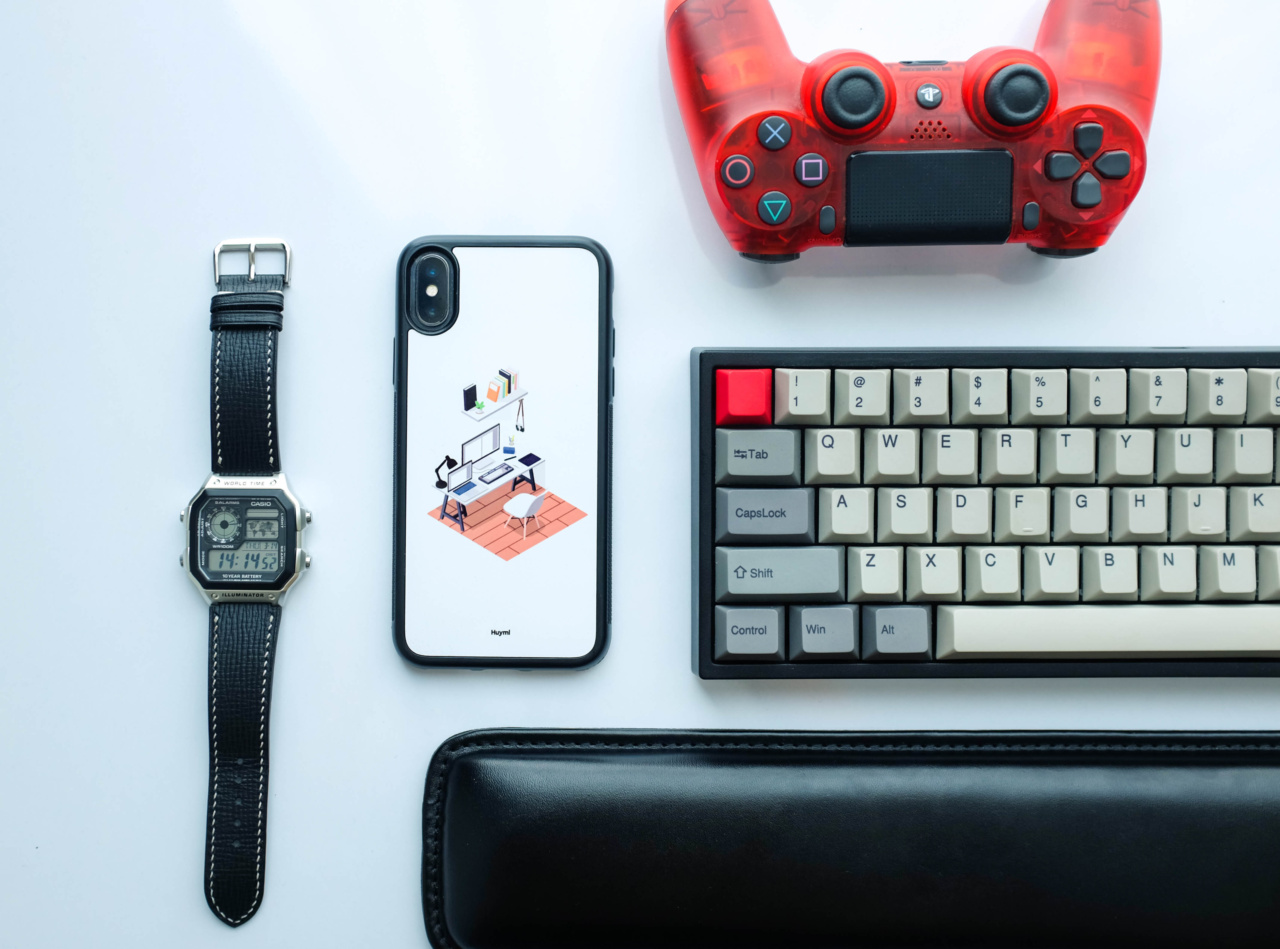Epilepsy is a neurological disorder that causes recurrent seizures. It affects millions of people worldwide and can significantly impact their quality of life.
While there are various treatment options available for epilepsy, some individuals may not respond well to medications alone.
The Role of Stimulating Devices in Epilepsy Management
Stimulating devices have emerged as a promising alternative or adjunct therapy for individuals with drug-resistant epilepsy.
These devices work by delivering electrical impulses to specific parts of the brain, modulating abnormal brain activity, and reducing the frequency and intensity of seizures.
Vagus Nerve Stimulation (VNS)
Vagus nerve stimulation involves the implantation of a device that delivers electrical impulses to the vagus nerve, which is located in the neck. The vagus nerve connects to various areas of the brain that are involved in seizure control.
The device is typically programmed to deliver regular, low-intensity electrical pulses that help regulate abnormal brain activity and decrease the likelihood of seizures.
Responsive Neurostimulation (RNS)
Responsive neurostimulation is an innovative approach that involves the implantation of a device directly into the brain. The device continuously monitors brain activity and detects abnormal electrical patterns associated with seizures.
When such patterns are detected, the device delivers targeted electrical stimulation to disrupt the seizure activity and prevent its progression.
Deep Brain Stimulation (DBS)
Deep brain stimulation is a surgical procedure that involves the implantation of electrodes into specific areas of the brain that play a role in seizure generation. These electrodes are connected to a device that provides electrical stimulation.
The stimulation helps regulate the abnormal brain activity associated with seizures. Unlike VNS and RNS, deep brain stimulation requires invasive surgery and is typically considered as a last resort for individuals who have not responded well to other treatment options.
Transcranial Magnetic Stimulation (TMS)
Transcranial magnetic stimulation is a non-invasive technique that uses magnetic fields to stimulate specific regions of the brain. It involves placing a coil against the scalp, through which magnetic pulses are delivered to the underlying brain tissue.
TMS has shown promise in reducing seizure frequency and intensity in some individuals with epilepsy, particularly those with focal seizures. However, further research is needed to determine its long-term effectiveness and optimal application.
Responsive Deep Brain Stimulation (RDBS)
Responsive deep brain stimulation combines the principles of responsive neurostimulation and deep brain stimulation. It involves the implantation of electrodes into the brain, similar to DBS.
However, the device used in RDBS also monitors brain activity and delivers stimulation when abnormal patterns associated with seizures are detected. This targeted approach allows for precise intervention, potentially providing better seizure control without continuous stimulation.
Subcutaneous Nerve Stimulation (SQS)
Subcutaneous nerve stimulation is a minimally invasive technique that involves the placement of electrodes under the skin near the nerves responsible for seizure generation. The electrodes are connected to a device that delivers electrical stimulation.
SQS aims to modulate the nerve signals involved in seizure generation, thereby reducing seizure frequency and severity.
Trigeminal Nerve Stimulation (TNS)
Trigeminal nerve stimulation is a non-invasive approach that targets the trigeminal nerve, a major cranial nerve involved in sensory input from the face and head.
This technique involves the application of electrical stimulation to the nerve fibers located near the surface of the face using a device placed on the skin. While the exact mechanisms are not fully understood, TNS is believed to modulate neural activity and reduce seizure activity.
Closed-Loop Stimulation
Closed-loop stimulation, also known as adaptive stimulation, is an innovative approach that addresses the limitations of traditional stimulation devices.
In closed-loop systems, the device continuously monitors brain activity and adjusts stimulation settings in real-time based on detected seizure activity. This personalized and adaptive approach aims to optimize the efficacy of stimulation, resulting in improved seizure control.
Conclusion
Stimulating devices have revolutionized the field of epilepsy management by offering new possibilities for individuals who do not respond well to medication alone. From VNS and RNS to DBS and TNS, each device brings unique benefits and considerations.
Continued research and technological advancements will further enhance the effectiveness and accessibility of these devices, providing hope for better seizure control and improved quality of life for individuals living with epilepsy.































